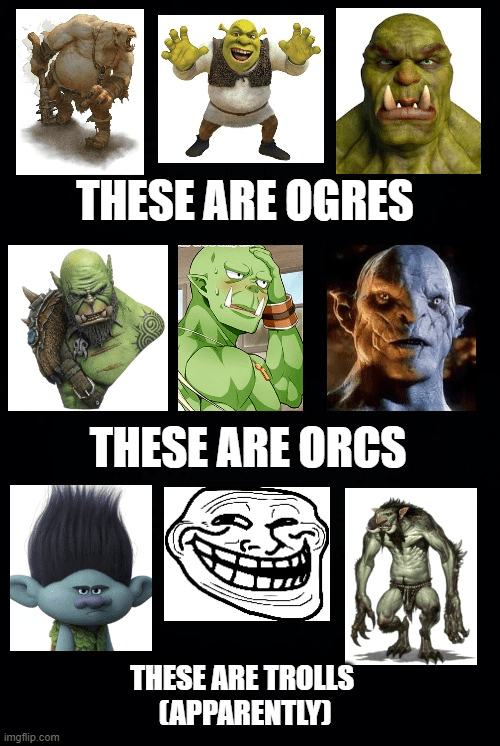Japanese mythology is rich with mythical creatures that have inspired various artistic expressions. Amongst these creatures, two stand out – the Yokai and Oni. Yokai is a type of supernatural being that thrives on human emotions such as fear, greed, and envy. They have shape-shifting abilities, invisibility, and can control natural elements. However, they are limited by their dependence on human emotions, and skilled exorcists can control them. Oni, on the other hand, are large and muscular with horns, sharp claws, and red eyes. They possess immense strength, resilience, and control over natural elements but are susceptible to religious practices and human flaws.
Introduction
Japanese mythology is known for its array of mythical creatures that have served as a source of inspiration for various forms of artistic expression. Amongst these creatures, two stand out due to their eerie tales and distinct characteristics; the Yokai and Oni. In this article, we will explore the different aspects of both creatures, comparing their powers and limitations.
Yokai
Yokai is the term used to describe supernatural beings or monsters in Japanese folklore. They are believed to inhabit various objects or areas and thrive on human emotions such as fear, greed, and envy. Yokai often manifest as animals, objects or even people, and their behaviour is nuanced as it may sometimes be malicious, rather than in a malevolent manner.
Powers of Yokai
One of the significant powers and abilities of Yokai is their shape-shifting abilities, allowing them to take on different forms depending on the occasion. Some Yokai are known to mimic human voices or sounds to lure their victims into traps. They also possess an invisibility feature, making them hard to spot by humans, thus being able to carry out their operations without detection. Yokai are also known to possess the ability to control natural elements like fire or water.
Limitations of Yokai
Yokai has a critical limitation, which is their dependence on human emotions for their existence. If humans stop believing in them or stop being aware of their existence, they will gradually fade away, including their power and influence. Yokai could also be controlled by a skilled exorcist who can apply religious practices and incantations to ward off their presence.
Oni
Oni is a class of supernatural creatures that are often depicted as malevolent beings that cause trouble for humans. They are usually portrayed as large, muscular creatures with horns, sharp claws and red eyes. Oni are depicted as violent and brutal creatures who like to cause destruction and chaos.
Powers of Oni
Their most potent ability is their strength, which allows them to overpower humans effortlessly. Another significant feature is their resilience to injuries, making them impervious to attacks from weaker creatures. Oni can also control natural elements like fire or water, and they possess a heightened sense of smell and hearing, making it hard for humans to outsmart them.
Limitations of Oni
While Oni is powerful, they still have their weaknesses. One of their limitations is their susceptibility to religious practices such as spells or exorcism. They also have a heightened sensitivity to human flaws like arrogance, pride or greed, which can be exploited to defeat them or subdue them.
Conclusion
While Yokai and Oni are both formidable creatures in Japanese mythology, they possess different powers and limitations. Yokai thrive on human emotions, while Oni rely on their strength and resilience to cause havoc. They are, however, both susceptible to religious practices and exploitation of human flaws. Understanding the similarities and differences of these mythical creatures can make for an entertaining and insightful study of Japanese folklore.
